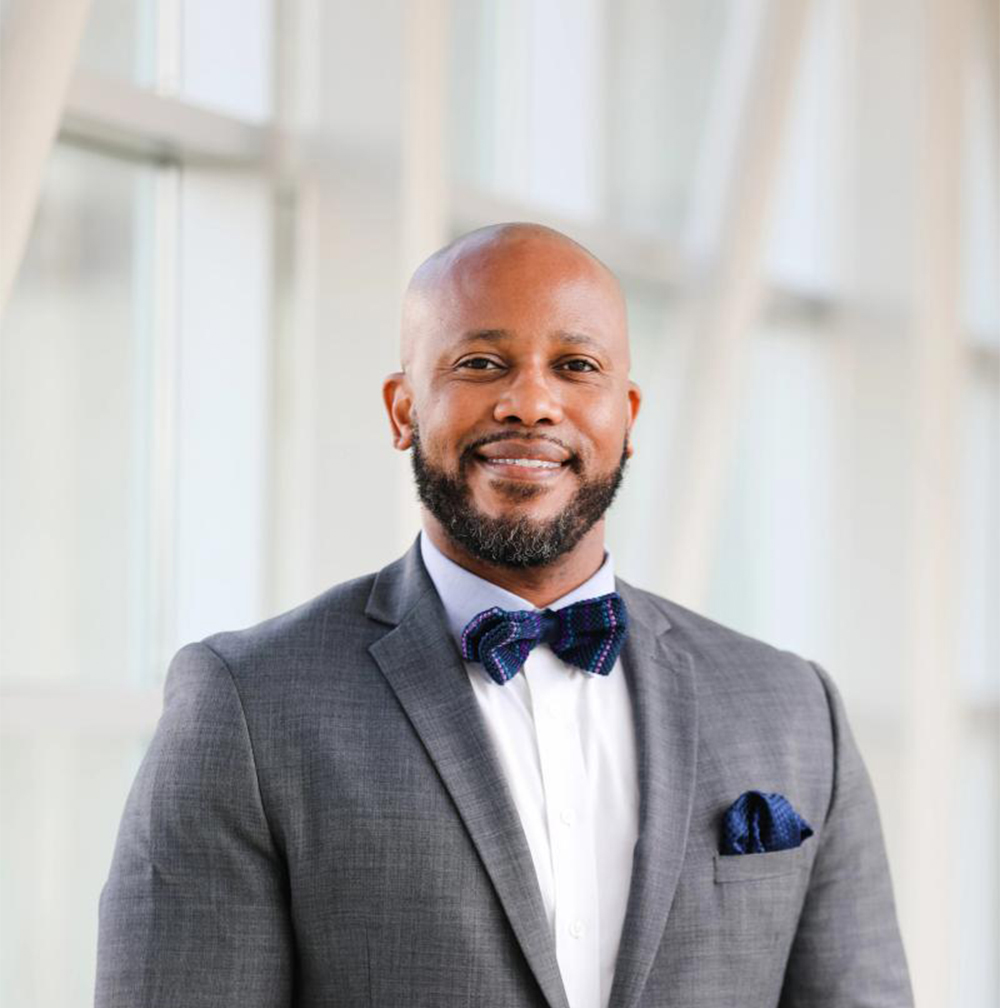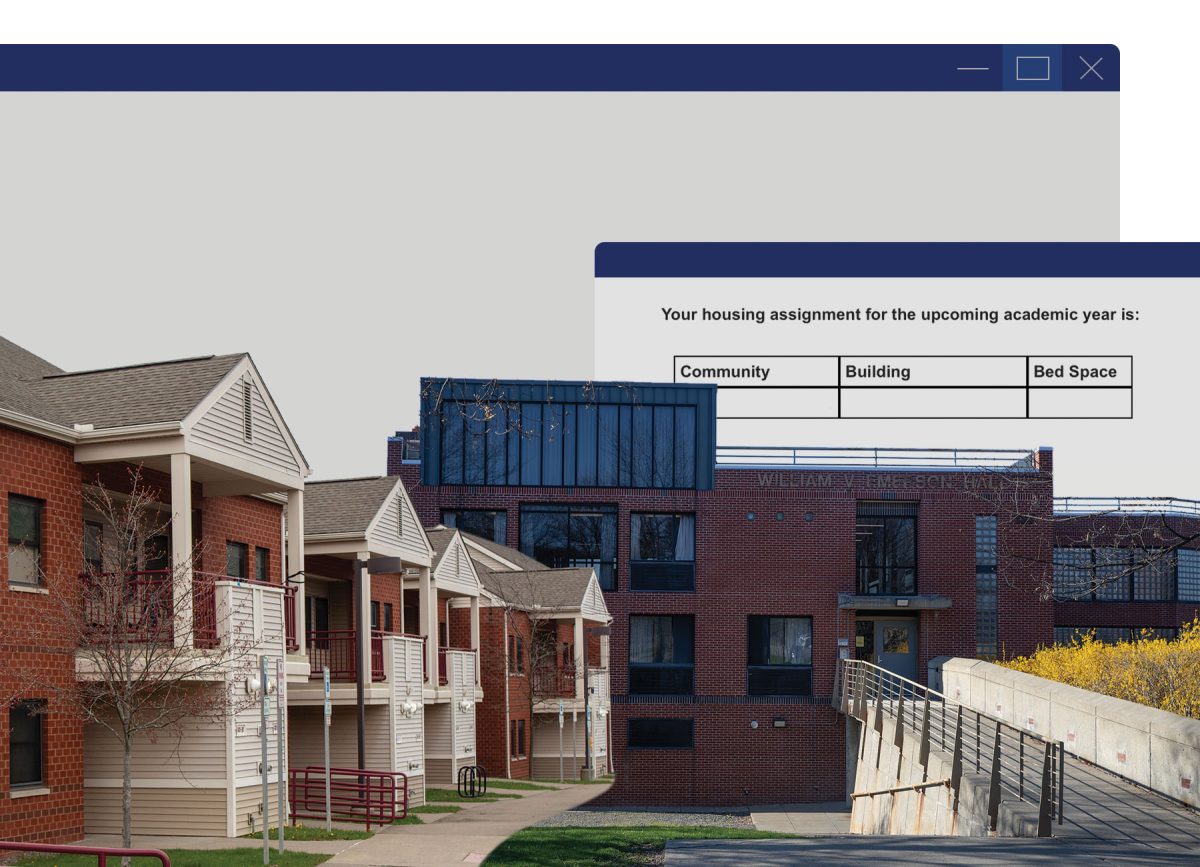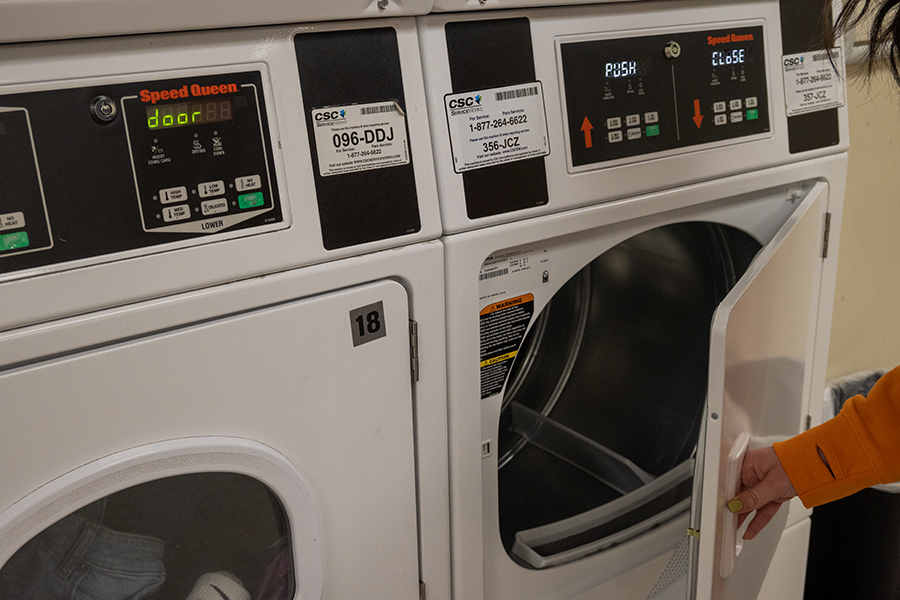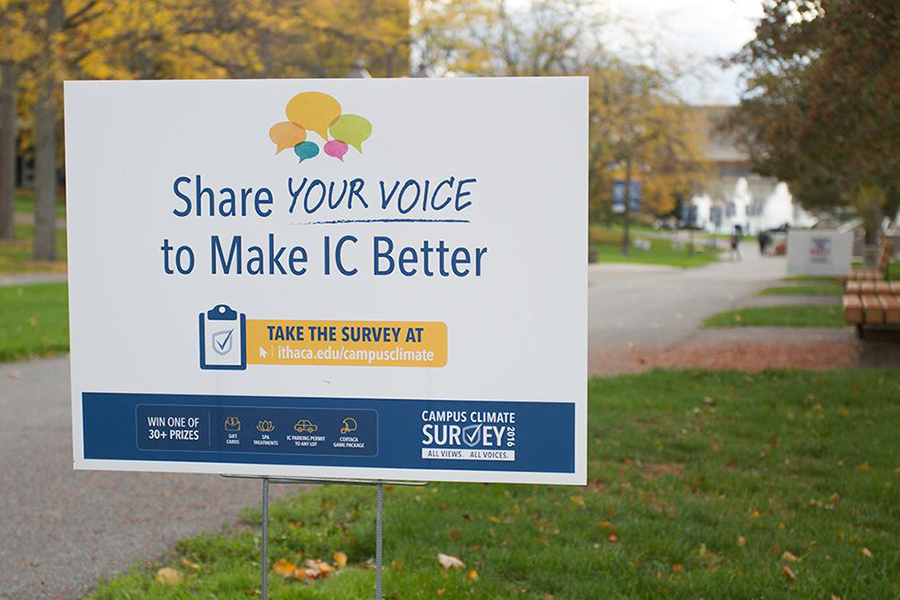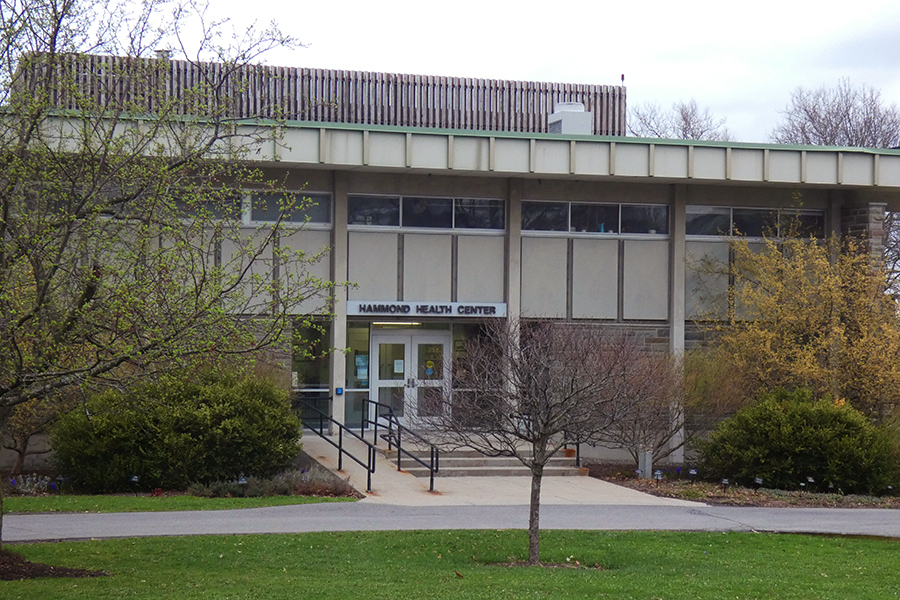The Lesbian, Gay, Bisexual and Transgender representation in the media has skyrocketed within the last four years because of TV shows such as “Modern Family,” and “Glee.” Now it’s being explored even further with Netflix’s “Orange Is the New Black.”
Luca Maurer, program director for the Center for LGBT Education, Outreach and Services, led a discussion called “Alex, Sophia, Taystee and Nicky — Changing Conversations about LGBT Media Representation” Thursday afternoon in the Handwerker Gallery. “Orange Is the New Black,” based on the memoir “Orange Is the New Black: My Year in a Women’s Prison” by Piper Kerman, follows the main character Piper Chapman (Taylor Schilling) through her time in prison. She was sentenced to 15 months for carrying drug money for her ex-girlfriend Alex Vause (Laura Prepon).
Wearing an orange blazer just for the occasion, Maurer began the discussion by detailing the lack of LGBT representation in the media prior to “Orange Is the New Black.” He cited “Where We Are in TV,” a yearly survey done by GLAAD that says only 4.4 percent of all series regular characters on TV are identified as LGBT.
He also mentioned “Glee’s” relationship between characters Kurt Hummel (Chris Colfer) and Blaine Anderson (Darren Criss) as the “gay teen revolution,” which was featured on the Jan. 28, 2011 cover of Entertainment Weekly. The survey also said Carmelita from “Dirty Sexy Money” was the only Transgender recurring TV character before “Orange Is the New Black’s” Sophia (Laverne Cox), a transgendered woman in the prison who styles the inmates’ hair.
Maurer said though there were minimal LGBT characters on TV when he was younger, there were still only 59 characters who were “not straight or a conventional gender” in 2012, according to “Where We Are in TV.”
“When I was growing up, do you know how many gay characters there were on TV?” he said. “None. It was very hard for us to learn about ourselves, about our history, about each other.”
The 21 students who attended the event then broke up into five groups to take part in an exercise to discuss the main issues “Orange Is the New Black” addresses, including race and ethnicity, prison justice issues, and class and socio-economic status. Large pieces of paper with the topics written on them circulated around the room as students wrote down aspects of the show that corresponded with them. The groups then came together to examine what issues they felt were important. The subject of all the men in power being white and Latina women being the only pregnant women on the show were some of the issues discussed.
Junior Natalie Lazo, who has watched the first season of “Orange is the New Black” three times, thought this exercise was a great way to get people talking.
“To be able to put down on paper different issues that came up and to be able to discuss them and their impact on each other was a cool opportunity,” she said.
Senior Amanda Suarez said she has not watched the show, but thought this discussion was an important one to have.
“I think it brought the LGBT community together,” Suarez said. “It’s nice for them to be able to talk about role models together.”
While all attendees gushed about what they loved about the show, they were able to discuss where the show can improve, and what they wished to see. Many students said the word “bisexual” is never mentioned in the show’s 13 episodes, even though its main character had both male and female partners.
Maurer said he was delighted by the response from students.
“What I’m interested in is providing opportunities for people to have conversations,” he said. “That’s how positive change happens.”

